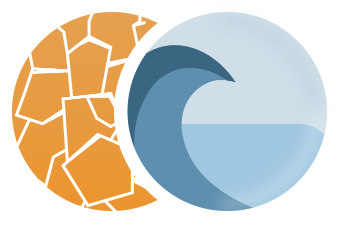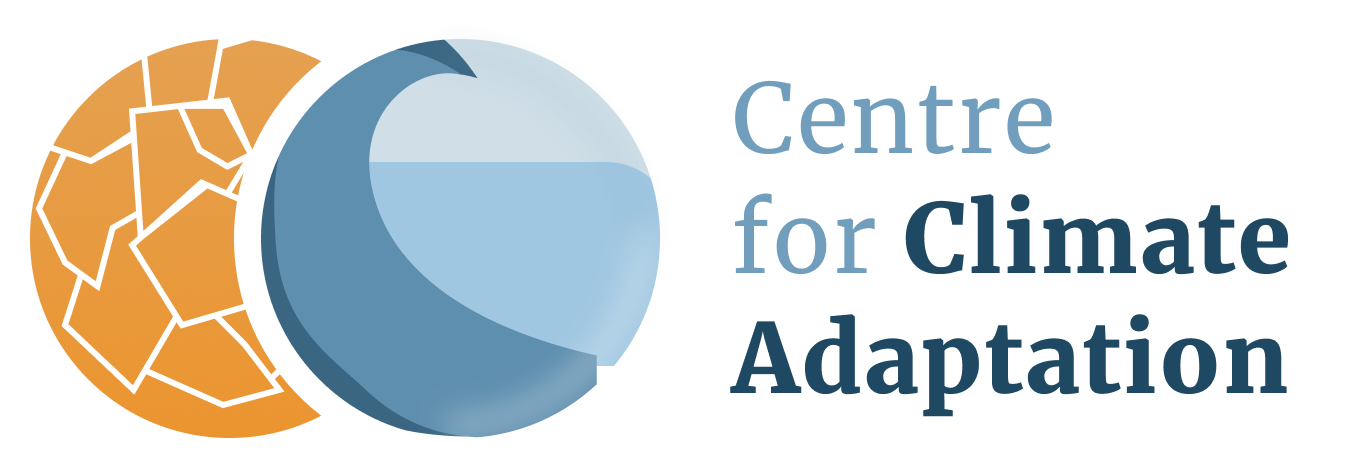Germany
Coastal erosion
Vulnerabilities - German coastline
Germany’s coast extends over 3700 km on both the North (1600 km) and Baltic Seas (2100 km). Two-thirds of the 3,700 km coastline are eroding. The German coastline is mainly shallow, i.e., marsh, dune coast, or beach wall, while only approximately 11% of the coast (420 km) is steep. On the Baltic, more than half of the coastline belongs to the so-called Bodden Coast (Bodden are shallow bays and inlets cut off from the open Baltic Sea by islands, peninsulas, and narrow spits) (1).
Recent coastal morphological investigations have shown that approximately 75% of all (sandy) coasts are subject to erosion. On the Baltic coast, the average rate of shoreline retreat is approximately 40 cm/year (1); large sections of the Baltic Sea coastline are retreating at an average rate of 0.2-0.3 m/year with maximum rates up to 1.5 m/year (3). Approximately 70% of the coastline of the state of Mecklenburg-Vorpommern is permanently under retreat (4). The rate of active cliff erosion is 24 cm/year for Schleswig-Holstein and up to 30 cm/year for Mecklenburg-Vorpommern (5). Mean sea level rise for the German part of the Baltic Sea coastline is 1.1-1.3 mm/year (6); in addition, land subsidence of the southern part of the Baltic Sea in response to glacio-isostatic rebound is up to 2 mm/year (7).
Although additional investment in flood and erosion protection will be considerable (estimated at more than 500 million US$) this seems manageable for the national and regional economies. On the other hand, hard coastline defence and accelerated sea-level rise will increase ‘‘coastal squeeze’’ on the seaward side, endangering important coastal ecosystems such as tidal flats (Wadden Sea), saltmarshes, and dunes. Currently there is no strategy to remedy this increasing ecological vulnerability (1).
Vulnerabilities - Wadden Sea
Recent developments
Along the North Sea coast of the Netherlands, Germany and Denmark, a chain of barrier islands shelters an area of extensive intertidal flats and shoals, consisting of fine sand to silt, dissected by sandy tidal channels and creeks. This is the Wadden Sea, a UNESCO World Heritage Site. All sediment that settles into the channels and onto the intertidal flats is imported from the North Sea. Whether this area can keep up with sea-level rise, and the intertidal flats do not drown, depends on the amounts of sediments that channels and creeks import from the North Sea.
About 60% of the total extent of the Wadden Sea, approximately 300 km of Wadden Sea coastline, is part of the German North Sea coast. Recent developments of the German Wadden Sea, in terms of erosion and deposition, have been quantified based on all available data on the height of the intertidal flats and shoals, and the depth of the channels and creeks in the area (9).
Where future scenarios in scientific studies on the Wadden Sea show intertidal flats unable to keep up with sea-level rise, developments so far paint a completely different picture. In the period 1998 to 2016, almost all of the intertidal flats in the German Wadden Sea show an accretion of sediments. The majority of channels and creeks, on the other hand, have deepened over time. The intertidal flats accrete with rates ranging from 4 to 22 mm/year (9). These rates exceed the observed recent mean sea-level rise of 2.2 to 6.6 mm/year for the German Bight (10). This is in line with recent studies on the Dutch Wadden Sea (11) and on tidal flats in the Dutch Eastern and Western Scheldt estuaries (12). Also, the intertidal flats are expanding. The average deepening of the channels was 20.0 mm/year.
According to these results, the German Wadden Sea is accumulating sediment. The vertical and areal growth of the intertidal flats implies a gain of sediment in these areas that dominates over the sediment loss due to the deepening of the channels. According to the authors, this gain is about twice the amount of what would be needed for the intertidal areas to keep up with the current rate of sea-level rise. Apparently, there is an abundanceof sediment in the area while the combined effect of sea-level rise, tides and wave forcing results in an import of these sediments from the North Sea into the Wadden Sea (9).
The Dutch versus the German Wadden Sea
The Wadden Sea is the largest coastal sea in the world, dominated by shallows – tidal flats – that emerge at low tide and channels that connect the area to the North Sea. The Wadden Sea is separated from the North Sea by several islands. Channels in between the islands bring sediment into the area, allowing the tidal flats to grow vertically in response to sea level rise. The area – a UNESCO world heritage site, stretching along the coasts of the Netherlands, Germany and Denmark – may be very vulnerable to the accelerating sea level rise. If sea level rises faster than the tidal flats can accrete, the area will drown. The accretion rate of the tidal flats depends on the sediment supply from the North Sea, via the channels. Previous studies suggest that there is a critical rate of sea level rise where these shoals will drown and the Wadden Sea will turn into a lagoon (14).
In a recent study, experts assessed the recent geomorphological evolution of the German and Dutch Wadden Sea over almost three decades, from 1996 to 2022. Parts of the area eroded, parts accreted, and the net effect was an import of mud and sand from the North Sea of almost 20 million m3 per year. Erosion occurred mainly in the channels, which became deeper. The tidal flats generally experienced slow accretion, with higher rates in the German part than in the Dutch part. In the German Wadden Sea, average accretion rate of these shoals was 7.9 mm per year. In the Dutch Wadden Sea, accretion rate was only 1.9 mm per year on average, slower than the rate of sea level rise (13).
According to the authors of this study, the relatively low accretion rates of the shoals in the Dutch Wadden Sea may be related to a morphological adaptation of the area to the closure of two inland seas – the Dutch IJsselmeer and Lauwerszee – in the 20th century. These closures have turned the channels leading to these former inland seas into traps for mud and sand, which can no longer be deposited on the tidal flats (15).
This study shows that the Dutch part of the Wadden Sea is already vulnerable to sea level rise. The authors are cautious, however, about the fate of the tidal flats in the Wadden Sea. On the one hand, they conclude, the relatively high accretion rates of the shoals in the German Wadden Sea demonstrate that sediment supply currently is sufficient for these shoals to cope with sea level rise. On the other hand, they emphasise the importance of providing abundant sediment supply to the tidal channels in the future to sustain accretion rates (13).
Future projections
The most difficult and perhaps also the most crucial impact of future sea-level rise appears to be on coastal ecosystems. Along the North Sea, a decrease or total loss of coastal wetlands, such as tidal flats (Wadden) and salt marshes, seems likely as a result of ‘‘coastal squeeze’’ (the transgression of the sea across these wetlands, which are prevented from migrating landward by existing dike structures). It is possible that more than 2800 km2 of wetland areas might be lost in Niedersachsen and Schleswig-Holstein. On the other hand, a rising sea level could lead to an extension of wetlands along the Baltic coast of Mecklenburg-Vorpommern if no new obstructing dikes are built (1).
Adaptation strategies
Coastal protection measures are both soft (beach nourishments) and hard. In Schleswig-Holstein and in Lower Saxony structural erosion in sandy environments is typically compensated by artificial nourishments, particularly on barrier islands (8). Especially the west coast of Sylt and the island Föhr are nourished on a large scale. For the Baltic Sea coast there might be an increasing future demand of sand for beach nourishment due to the predicted sea level rise (6).
For the city of Hamburg, the loss of salt marshes is a major problem for the safety of the area against floods, especially along the Schleswig-Holstein coast. Therefore, specific measures have been initiated, like constructing revetments, structures that protect the marsh edges in order to prevent further cliff erosion; creating marshes by dumping dredged material, deposition of dredged material on inter-tidal areas along the mainland or Waddensea side of the barrier island; out banking of summer polders and opening of summer dikes in order to get a more frequent flooding of the area and higher sedimentation rates; and the construction of groins fields, creating of areas with reduced waves where accumulation of fine sediments is stimulated (2).
References
The references below are cited in full in a separate map 'References'. Please click here if you are looking for the full references for Germany.
- Sterr (2008)
- HafenCity Hamburg (2007), in: Walraven and Aerts (2008)
- Schwarzer et al. (2003); Ziegler and Heyen (2005); Niedermeyer et al. (2011), all in: Jensen and Schwarzer (2013)
- Harff et al. (2004), in: Jensen and Schwarzer (2013)
- Ziegler and Heyen (2005), in: Jensen and Schwarzer (2013)
- Jensen and Schwarzer (2013)
- Meyer and Harff (2005), in: Jensen and Schwarzer (2013)
- Niemeyer et al. (2016)
- Benninghoff and Winter (2019)
- Wahl et al. (2013), in: Benninghoff and Winter (2019)
- Elias et al. (2012), in: Benninghoff and Winter (2019)
- De Vet et al. (2017), in: Benninghoff and Winter (2019)
- Pineda Leiva et al. (2025)
- Becherer et al. (2018); Lodder et al. (2019); Elmilady et al. (2022); Huismans et al. (2022); Hanegan et al. (2023), all in: Pineda Leiva et al. (2025)
- Wang et al. (2018); Colina Alonso et al. (2021), both in: Pineda Leiva et al. (2025)




